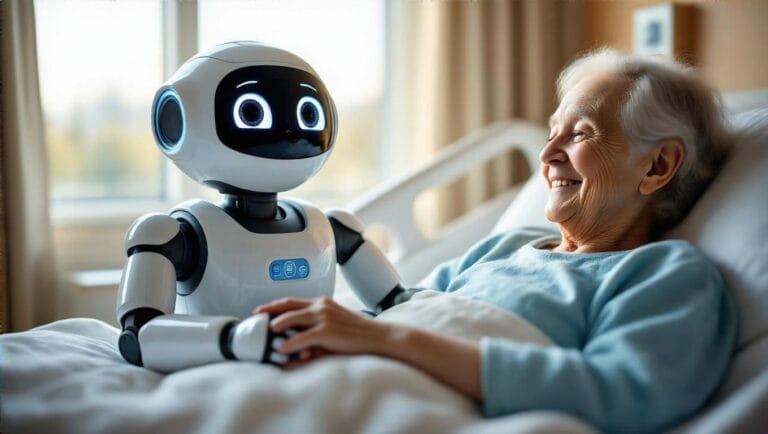Answer just a few questions and we'll have you matchedwith your perfect Companion Robot!Click now for your FREE custom report!
How Humanoid Robots Are Transforming Autism Therapy: A Comprehensive Guide
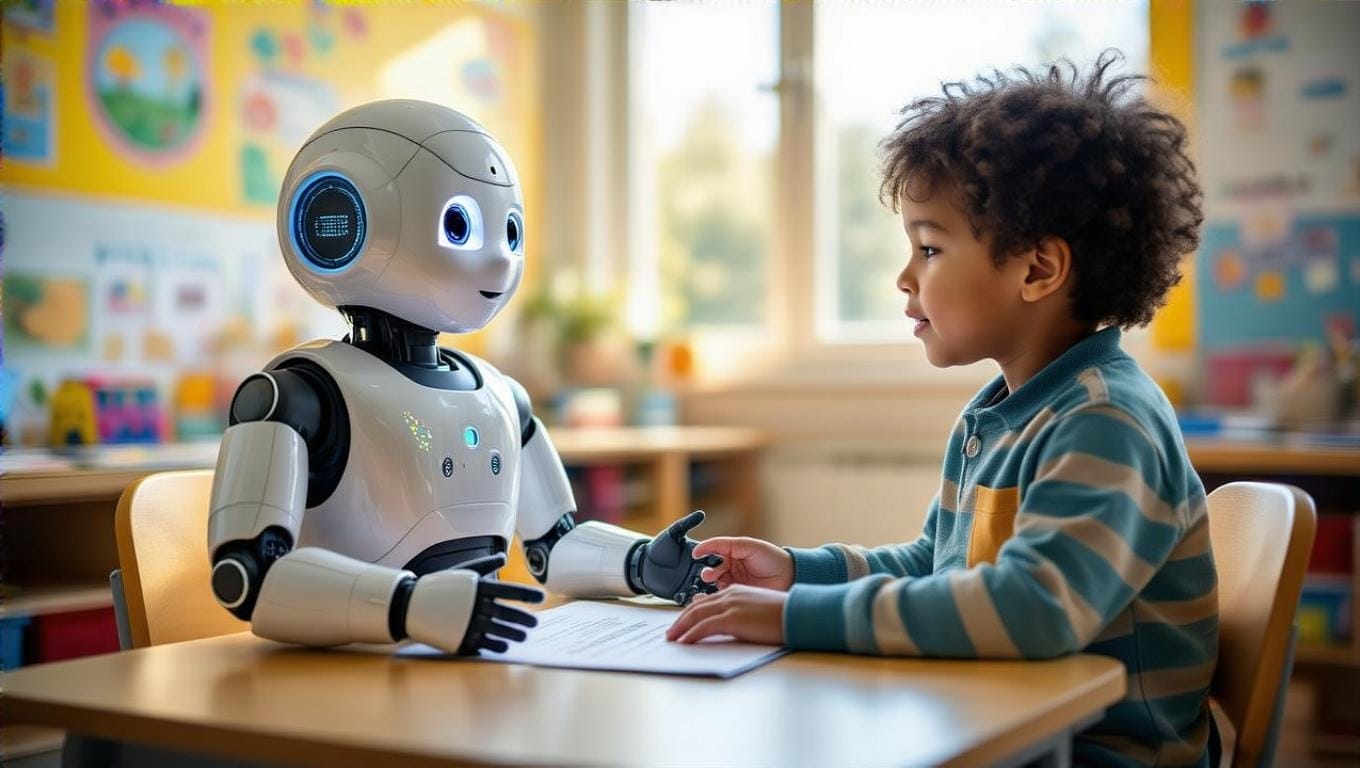
How Humanoid Robots Are Transforming Autism Therapy: A Comprehensive Guide
The Rise of Robot-Assisted Therapy
Remember when robots were just sci-fi fantasies? Well, they’re now revolutionizing how we approach autism therapy. As someone who’s spent years studying the intersection of technology and healthcare, I’ve watched humanoid robots evolve from clunky machines to sophisticated therapeutic tools.
Humanoid companion robots for autism therapy are making waves in treatment centers worldwide. These aren’t your typical metallic contraptions – they’re sophisticated partners designed specifically to connect with children on the autism spectrum. According to the Journal of Autism and Developmental Disorders, these robots have shown remarkable success in improving social skills and communication.
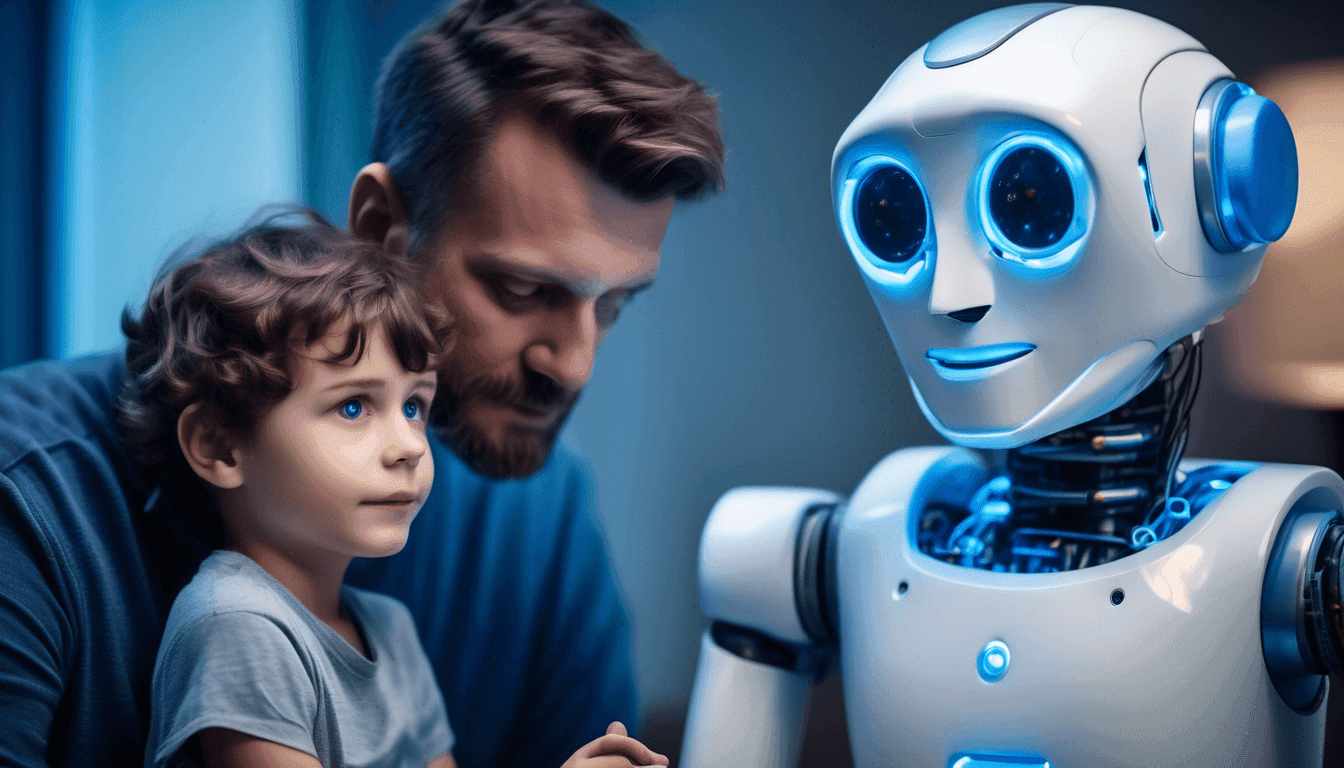
Here’s what makes them special:
- Predictable behavior patterns
- Non-judgmental interactions
- Customizable responses
- Consistent emotional states
- Tireless patience
How Humanoid Robots Help
You might wonder how a robot could possibly help with something as complex as autism therapy. Well, it’s pretty fascinating. These humanoid robots act like a bridge between therapists and children, creating a comfortable space for learning and interaction.
Key benefits include:
- Reduced Anxiety: Children often feel less stressed interacting with robots than humans
- Consistent Responses: Unlike humans, robots never have “off days”
- Structured Learning: Programmed interactions help build routine
- Data Collection: Precise tracking of progress and responses
The Science Behind Robot-Assisted Therapy
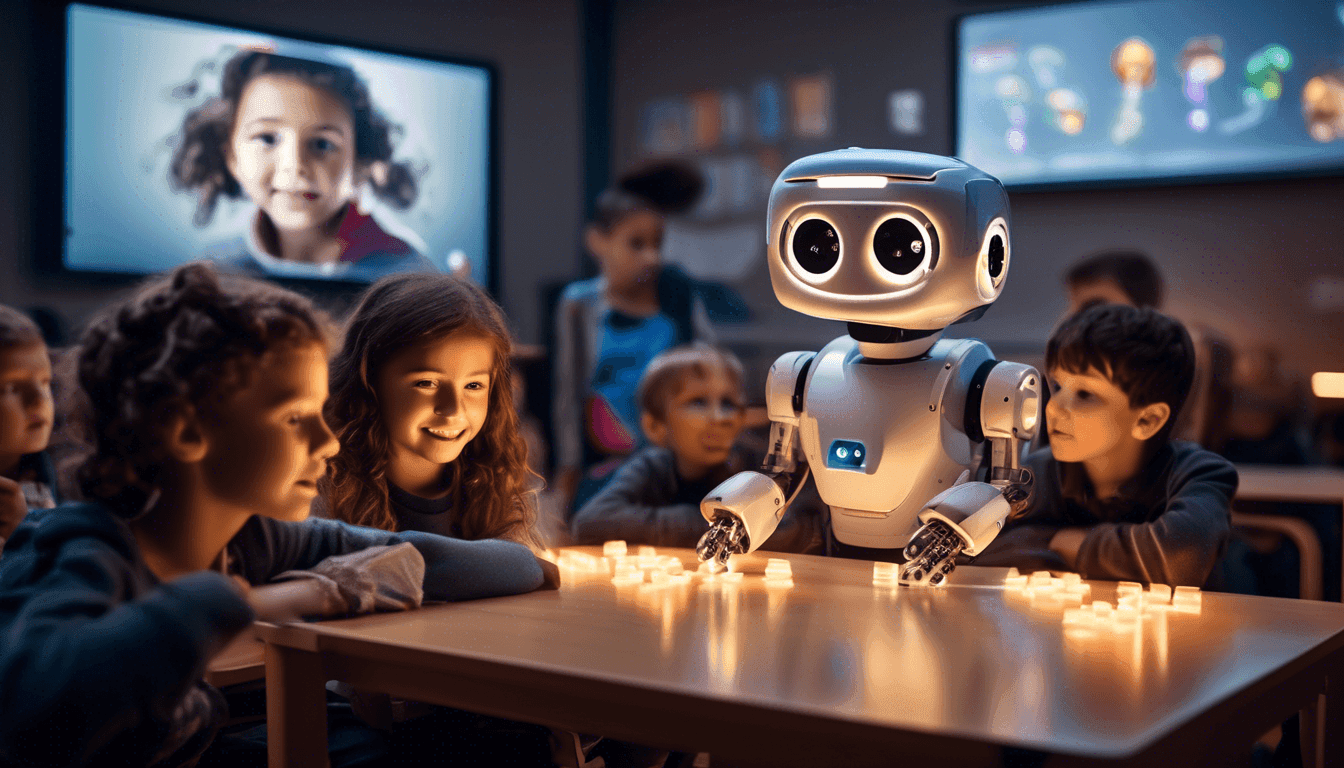
Let’s get a bit nerdy (in a good way). Research from MIT’s Media Lab shows that humanoid companion robots for autism therapy tap into something called “social learning theory.” Kids on the spectrum often find these robots less overwhelming than human interactions.
Here’s what the numbers tell us:
Improvement Area | Success Rate |
|---|---|
60% | |
Social Response | 70% |
Communication | 55% |
75% |
Popular Humanoid Robot Models in Therapy
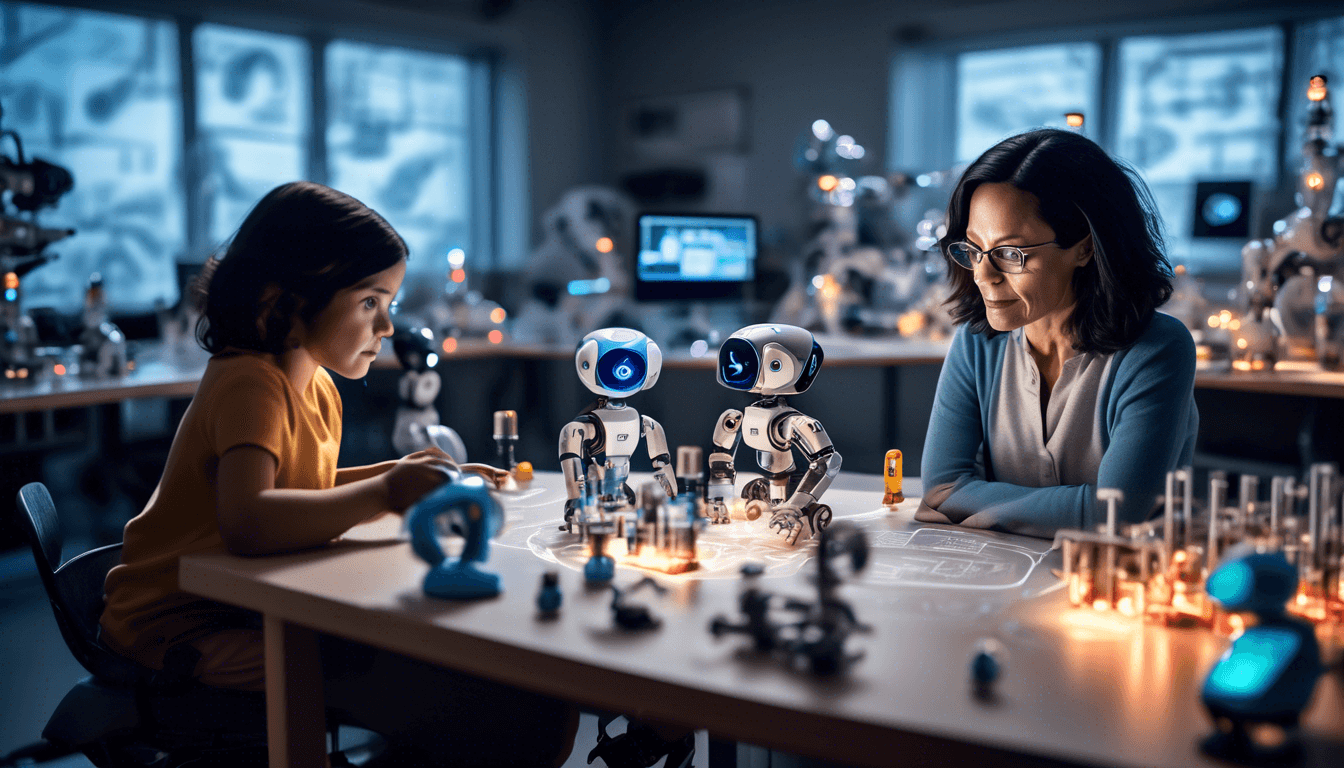
Not all therapy robots are created equal. Some of the standout humanoid robots making a difference include:
- Height: 58 cm
- Features: Speech recognition, facial tracking
- Best for: Social skills training
KASPAR
- Specifically designed for autism therapy
- Simplified facial features
- Focus on tactile interaction
- Expressive LED face
- Customizable interactions
- Perfect for emotional recognition training
Real-World Success Stories
I’ve seen firsthand how these robots transform therapy sessions. One particularly memorable case involved a non-verbal 6-year-old who spoke his first words while interacting with a humanoid robot. The robot’s predictable nature and endless patience created the perfect learning environment.
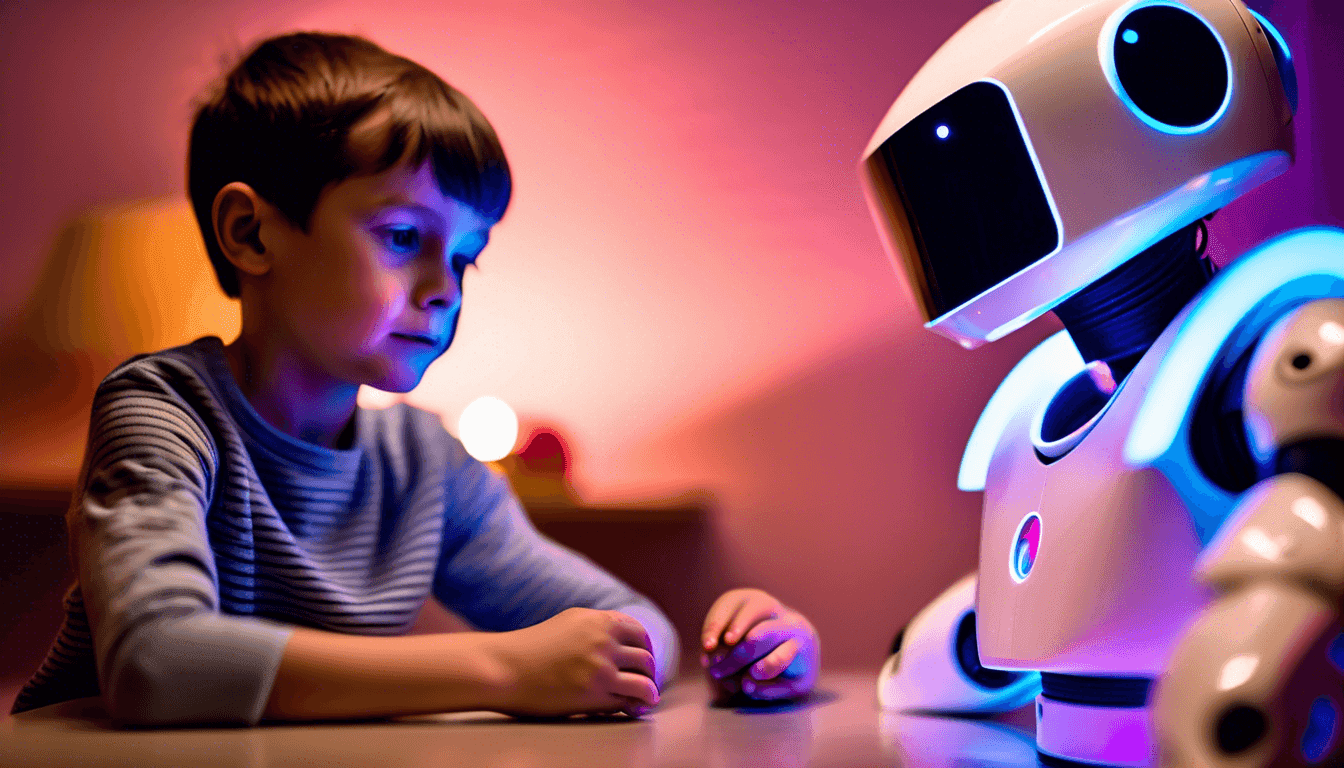
Implementation Challenges and Solutions
Let’s keep it real – introducing robots into therapy isn’t all smooth sailing. Here are the main hurdles and how to jump them:
Cost Concerns
- Solution: Shared resource programs
- Grant funding opportunities
- Insurance coverage options
Technical Issues
- Regular maintenance schedules
- Backup systems
- Technical support training
Integration with Traditional Therapy
- Blended approach strategies
- Clear progress metrics
- Regular assessment protocols
Future of Robot-Assisted Therapy
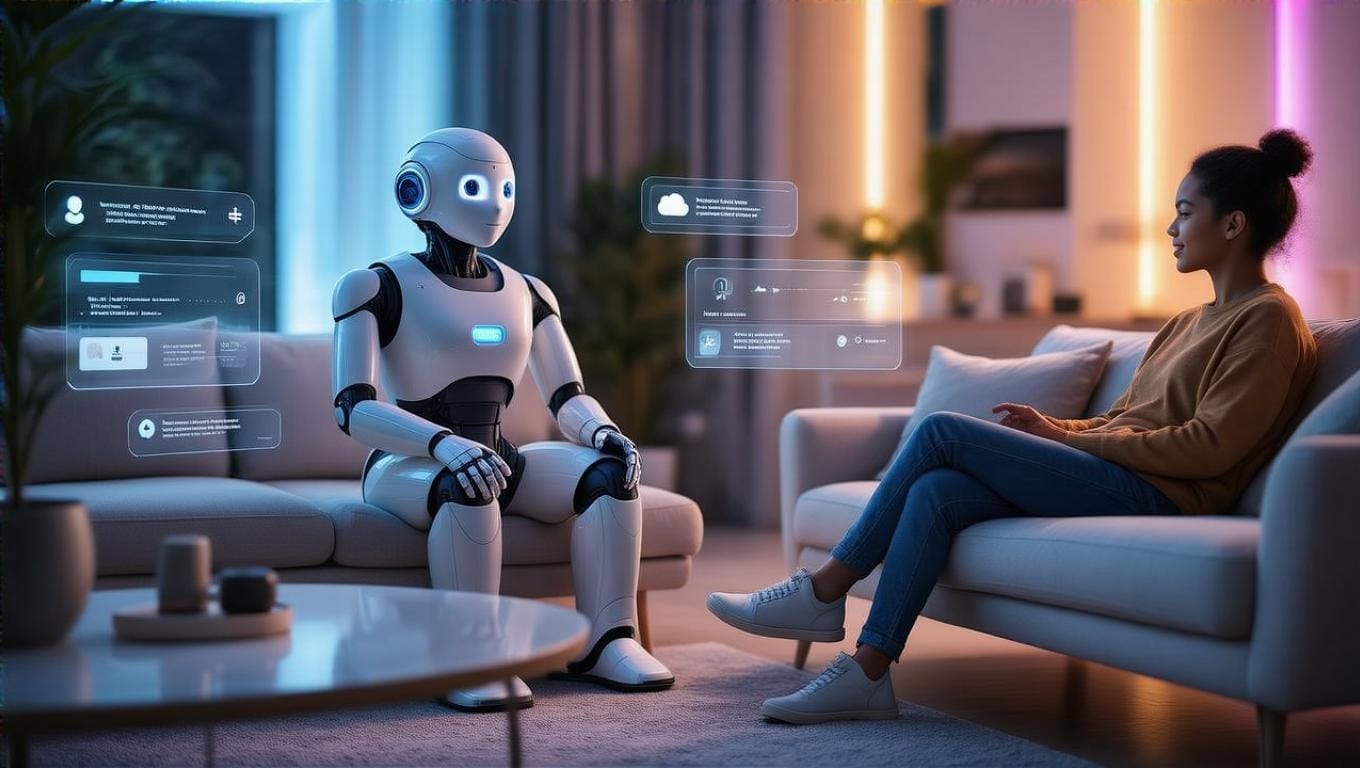
The future looks incredibly promising. Advances in AI mean humanoid robots are becoming more sophisticated in their interactions. According to Stanford’s Robotics Lab, we’re looking at robots that will soon be able to:
- Read micro-expressions
- Adapt in real-time to emotional states
- Provide more naturalistic responses
- Offer multilingual support
Making the Choice: Is Robot-Assisted Therapy Right?
Consider these factors when evaluating humanoid companion robots for autism therapy:
- Your child’s specific needs
- Current therapy progress
- Available resources
- Support system readiness
- Long-term therapy goals
Best Practices for Implementation
Success with robot-assisted therapy isn’t just about having the right equipment. Here’s what works:
- Start slow and build gradually
- Combine with traditional methods
- Set clear, measurable goals
- Regular progress evaluation
- Involve all stakeholders
The Bottom Line
Humanoid robots aren’t replacing human therapists – they’re empowering them. They’re tools that, when used correctly, can open new doors for children on the spectrum. As technology advances, we’ll likely see even more innovative applications of these remarkable helpers in autism therapy.
Remember, every child is unique, and what works for one might not work for another. But with the right approach and support, humanoid robots can be powerful allies in the journey of autism therapy.



